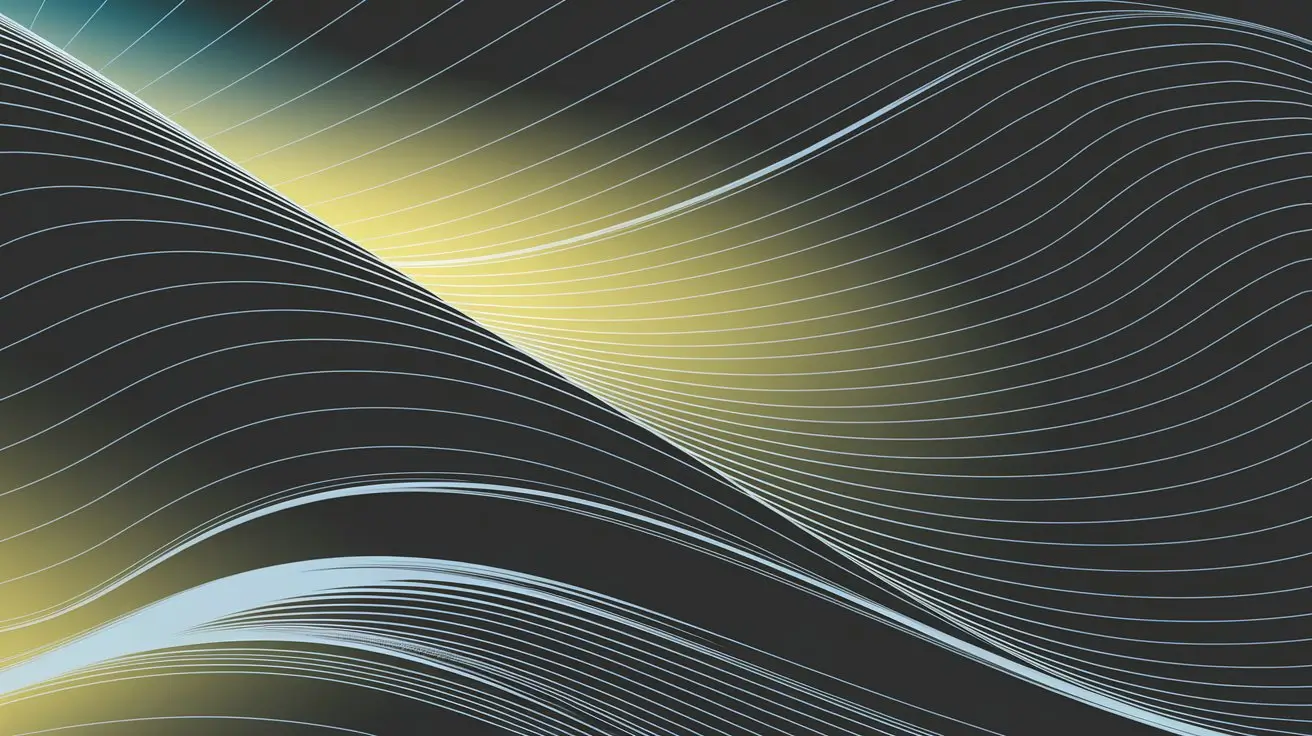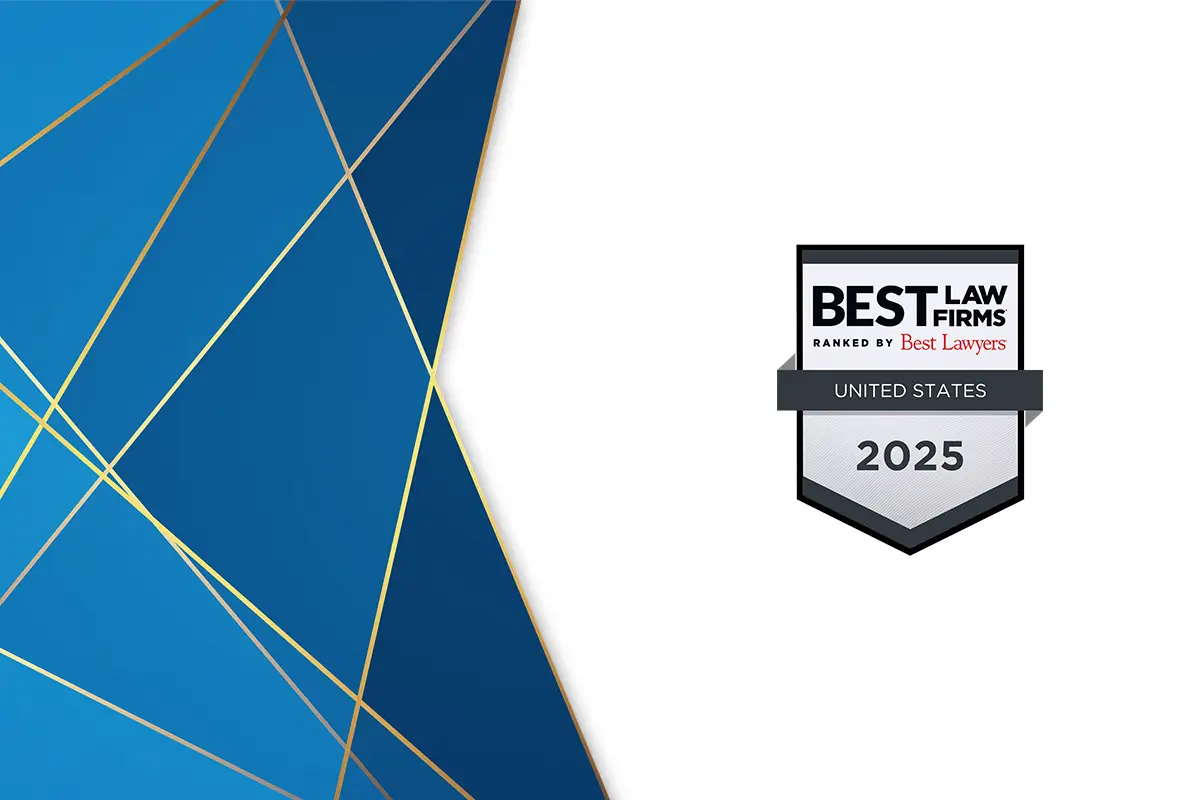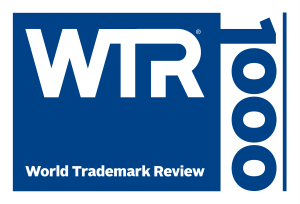The Digital Millennium Copyright Act (DMCA) requires copyright holders to consider fair use before sending a takedown notification, according to the U.S. Court of Appeals for the Ninth Circuit in Lenz v. Universal Music Corp., 9th Cir., No. 13-16106, 9/14/15. Failure to do so raises a triable issue of whether the rights holder formed a subjective good faith belief that the use was not authorized by law through a fair use exception. A rights holder must have a good faith belief that an allegedly infringing use of its copyrighted work is not otherwise allowed under a fair use exception before requesting that an internet hosting service take it down. This decision now creates a path to potential damages claims against the rights owner if a takedown notice is sent without careful consideration.
In the Lenz case, Stephanie Lenz posted a 29-second video on YouTube of her children dancing to Prince’s “Let’s Go Crazy” song. Universal Music, Prince’s label, sent a DMCA takedown notice to YouTube, alleging that the video infringed Universal’s copyright in the song. Lenz ultimately sent a counter-notice to YouTube, which resulted in reinstatement of the video on YouTube.
Lenz followed the reinstatement with a lawsuit against Universal for injunctive relief and damages under Section 512(f) of the DMCA, alleging that Universal had “knowingly materially misrepresent[ed]” that her video was infringing through its failure to consider whether in good faith the video made fair use of the Prince song before sending its takedown notice.
In considering the parties’ cross-motions for summary judgment, the U.S. District Court for the Northern District of California agreed with Lenz by denying summary judgment to Universal. The District Court held that the “good faith belief” standard for a takedown notice requires a copyright owner to first consider whether the allegedly infringing work falls into one of the statutory fair use exceptions under the Copyright Act.
The Ninth Circuit affirmed the district court’s denial of the parties’ cross-motions for summary judgment. The panel held that the DMCA requires copyright holders to consider fair use before sending a takedown notification, and that failure to do so raises a triable issue as to whether the copyright holder formed a subjective good faith belief that the use was not authorized by law. Regarding good faith belief, the panel held that the plaintiff could proceed under an actual knowledge theory. The panel also held that the standard for determining “good faith” in this situation is “willful blindness.” A plaintiff must establish that a defendant subjectively believed there was a high probability a fact exists, and that the defendant took deliberate actions to avoid learning of that fact, to prove bad faith.
Although the Ninth Circuit held that Lenz could not proceed to trial under a willful blindness theory because she did not show that the defendants subjectively believed there was a high probability that the video constituted fair use, the path has nevertheless been created for users to seek recovery of nominal damages for an injury incurred as a result of a § 512(f) misrepresentation based on failure to consider fair use.
While the pragmatic effects of this decision will surely play out in the near future, content owners should take heed and document some form of consideration of fair use by counsel and perhaps include a recitation of that fact in the takedown notice.
On a positive note for content owners, the Ninth Circuit acknowledged that “the implementation of computer algorithms appears to be a valid and good faith middle ground for processing a plethora of content while still meeting the DMCA’s requirements to somehow consider fair use.” So it appears that automated processes used to identify infringement in high volume environments remains a viable practice.













